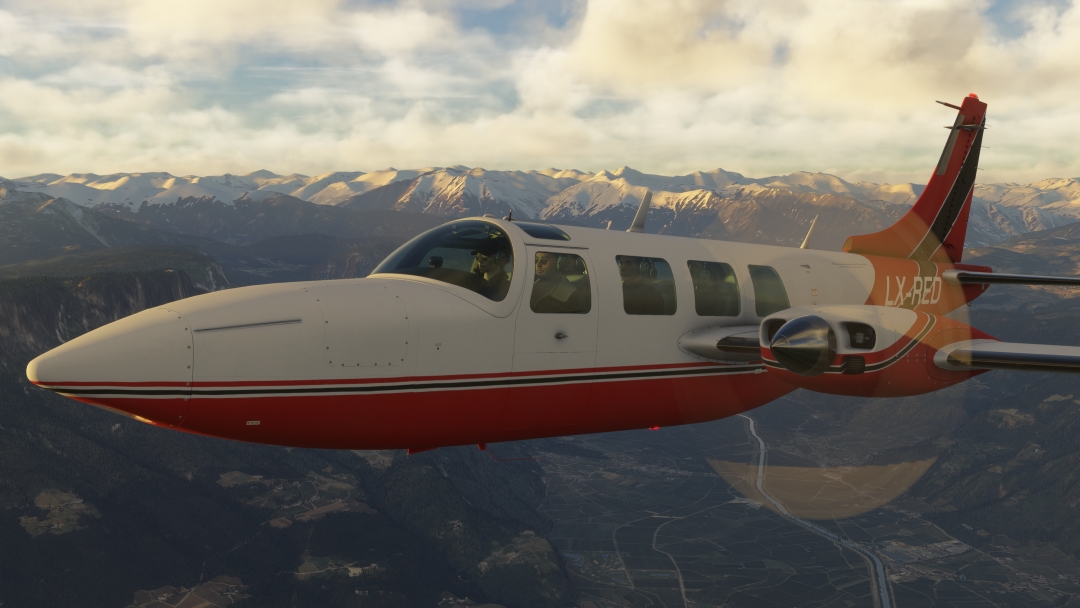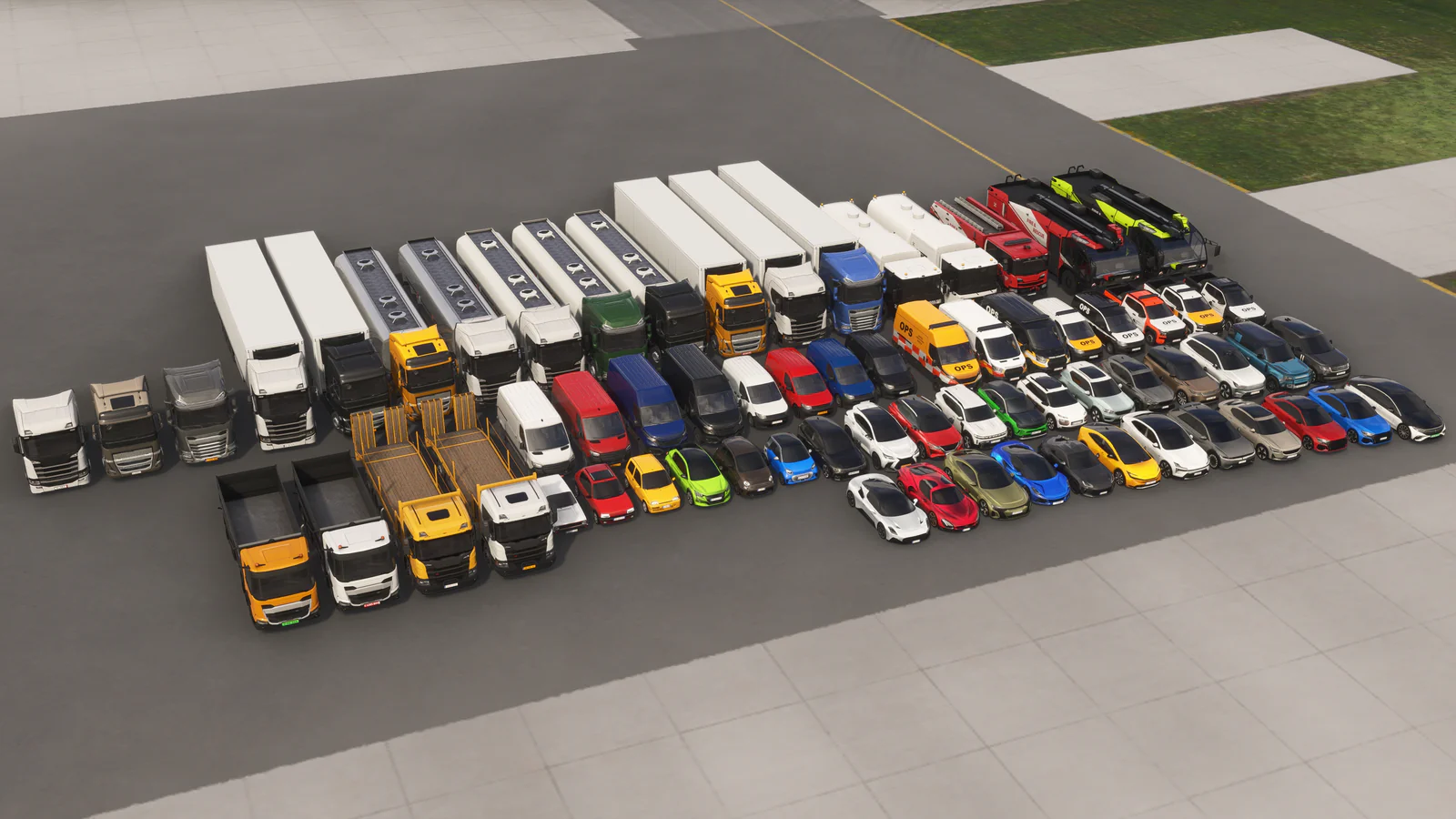Leading Edge Simulations Delves into Systems Depth Simulation of DC-3 V2
A new blog post from Leading Edge Simulations about their in-development Douglas DC-3 has been posted to the X-Aviation forum.
Once again, it was Ilias Tselios who took the responsibility in explaining the latest in their series of development updates, which this week centres around systems simulation.
The message is titled ‘Systems simulation part I - Introduction’ which implies we are in for several future posts dedicated to this topic.
It cannot be ignored, however, that the aspect of systems simulation has already been lightly touched on previously, such as that of development update number 3 from three weeks ago, which looked at the weight and balance of the famous aircraft.
“Although the ‘Gooney Bird’ is not the most complex aircraft in existence, the systems simulation has its own, unique challenges,” wrote Tselios.
“X-Plane offers a generic way to simulate systems, so most of the times, you have to expand or adapt with the implementation of extra logic(s) via the use of plugins. The developer adds complexity to systems, which most of the times it is about newer automations that does not exist in X-Plane ‘default logic’.”
He expanded upon this principle, saying the situation with the DC-3 is “almost the complete opposite” and that the significant reduction in automation adds complexity to the systems simulation.
“One example is the landing gear extension/retraction operation. In a normal aircraft, you manipulate a lever, and in the background, electromechanical components, do the job of extending or retracting the landing gear. In the DC-3, you actually operate the valve that sends hydraulic fluid to the one or the other side of the hydraulic cylinder to retract or extend the landing gear, leaving aside (for now, we will talk about it in the future) that you have to manipulate up to 3 “things” to complete the operation!
“This leads us to the need to override X-Plane’s behavior with our custom one. Building the proper logic requires knowledge not only of how the systems are operating, but also intricate details, beyond of what is written in the manuals. We are very honored to enjoy the help and advises from a guy that both flew and maintained DC-3s and C-47s! His insights drives us to add a huge amount of extra details in the systems simulation side, way more that we had originally planed.”
With this in mind, Tselios stated this complexity is the reason why the update has taken so long.
“Because examples help understanding, here is another one that might shed light upon the level of detail we are putting in, something we’ve already shared in our discord channel. Those old aircrafts are equipped with some old generators that must come up to temperature to provide the maximum amount of voltage they can. Taking into account various factors (environmental, time in operation, etc) we calculate another factor that plays role in the generator output, and if will connect or not to the main bus (despite if you have put the switch to ON position), as function of the voltage regulator, which we also simulate.”
Although no screenshots were included in today’s development update, Tselios said we can expect to gaze upon every system and how it operates in the future, and that work on the aircraft comes before these updates.
Leading Edge Simulations was one of three developers to drop major news about a DC-3 or derivative in one day: AirfoilLabs kickstarted the chain in early May with teasers of a C-47 in the middle of development, which was joined by VSKYLABS Aerospace Simulations’ announcement of a major update to their C-47 Skytrain Project only a few hours later. L.E.S, of course, rounded off that day with the DC-3 V2.
Users who are keen on keeping updated with the DC-3 V2 can check out all of their posts so far at the X-Aviation forum.
Share this page
COMMENT ADVISORY:
Threshold encourages informed discussion and debate - though this can only happen if all commenters remain civil when voicing their opinions.












